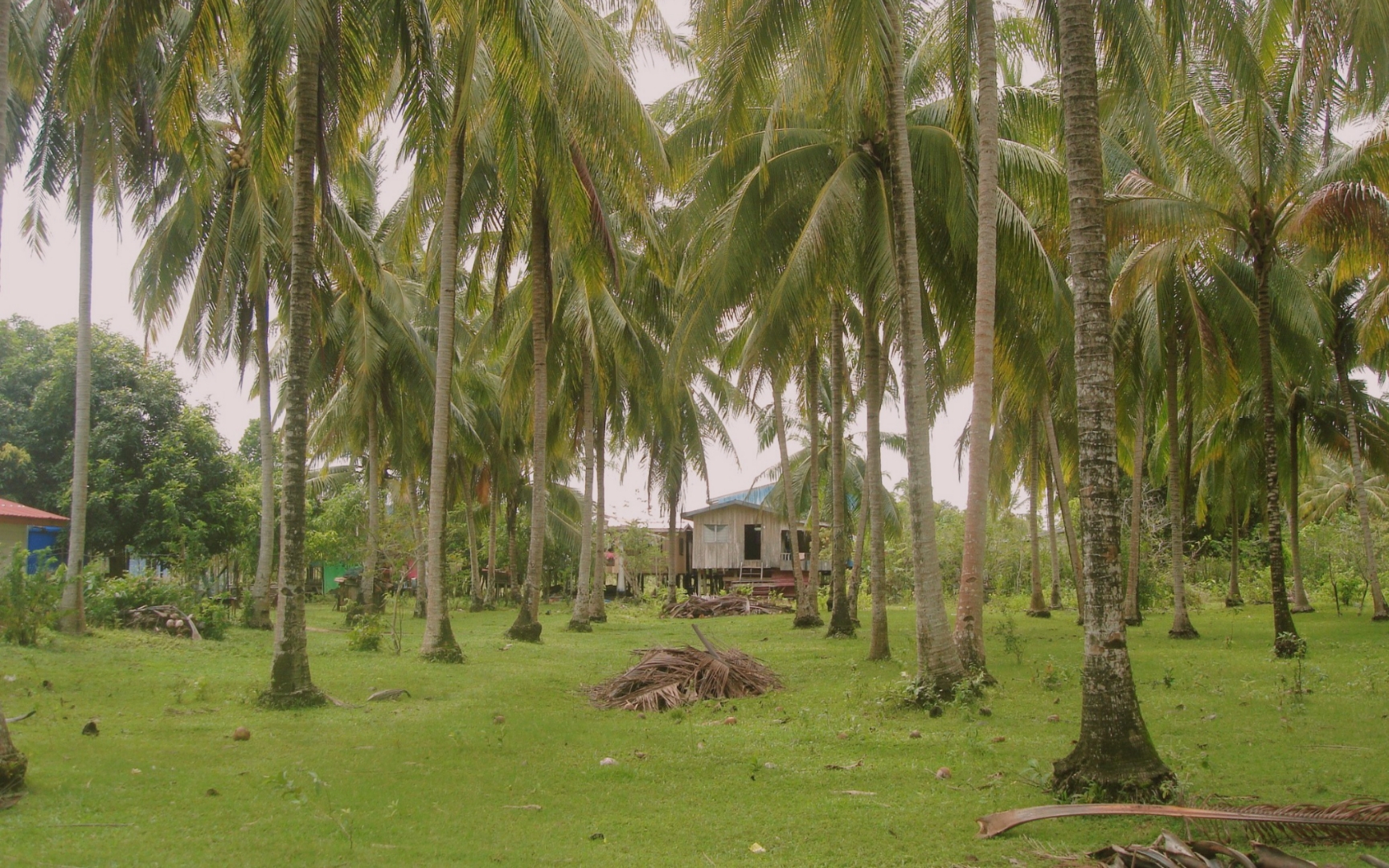
The Coconut tree is aptly referred to as Kalpavriksha (tree which fulfills all desires). It is considered the most useful tree in the palm family, since all parts from root to fruit are of the utilitarian value.
The coconut provides food for millions of people, and occupies a unique position in the socio-economic structure of the country and it is intimately related to the prosperity of a vast multitude of small and marginal growers.
The Coconut palm (Cocosnucifera), is a member of the family, Arecaceae (palm family), Nucifera literally means ‘Nut-bearing’. Known as the ‘Wonder food,’ Coconut is regarded as perfect diet as it contains almost all essential nutrients needed for the human body. It is an integral part of the diet for most people along the tropical belt.
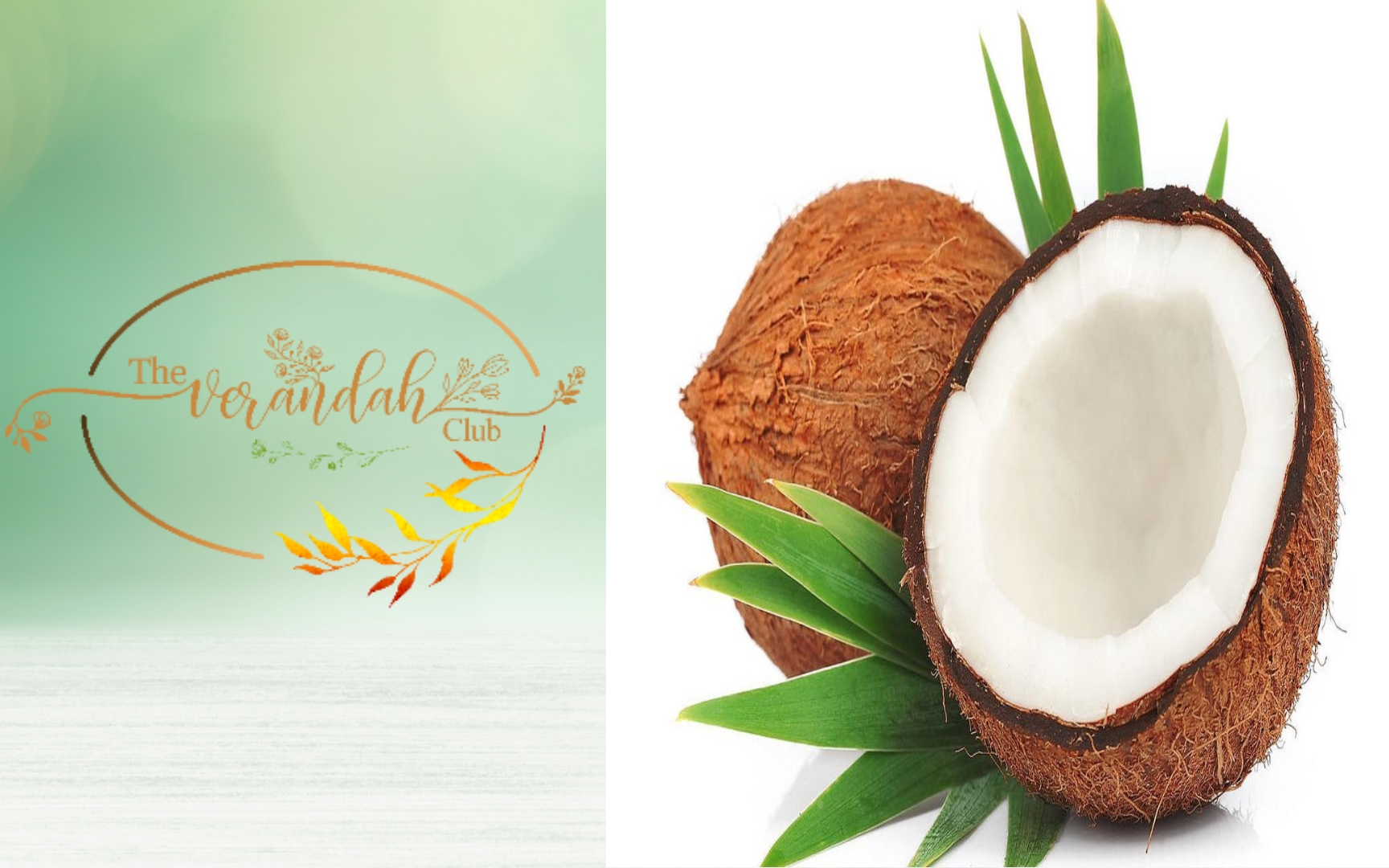
India is the third largest coconut producing country. It produces about 14.68 million metric tonnes of coconut per year, with the crop covering an area of about 1.78 million hectares. Traditional areas of coconut cultivation are mostly the southern states of our country. Tamil Nadu enjoys a share of 31% of total coconut production in India. It produces about 7 billion coconuts. Over 4.65 million hectares of land is dedicated for its production in the state.
Coconut is associated with traditional, social, and religious customs across India. It is a fruit of offering to Gods in rituals across India. Coconut is the favourite fruit of Lord Ganapathi and Lord Sree Ayyappa. Each region has its own way of adorning this ceremonious product. In Tamil folklore, young coconut palm is looked upon as a child (Thenampillai). To destroy or discard the young palm is akin to slaughtering one’s own child.
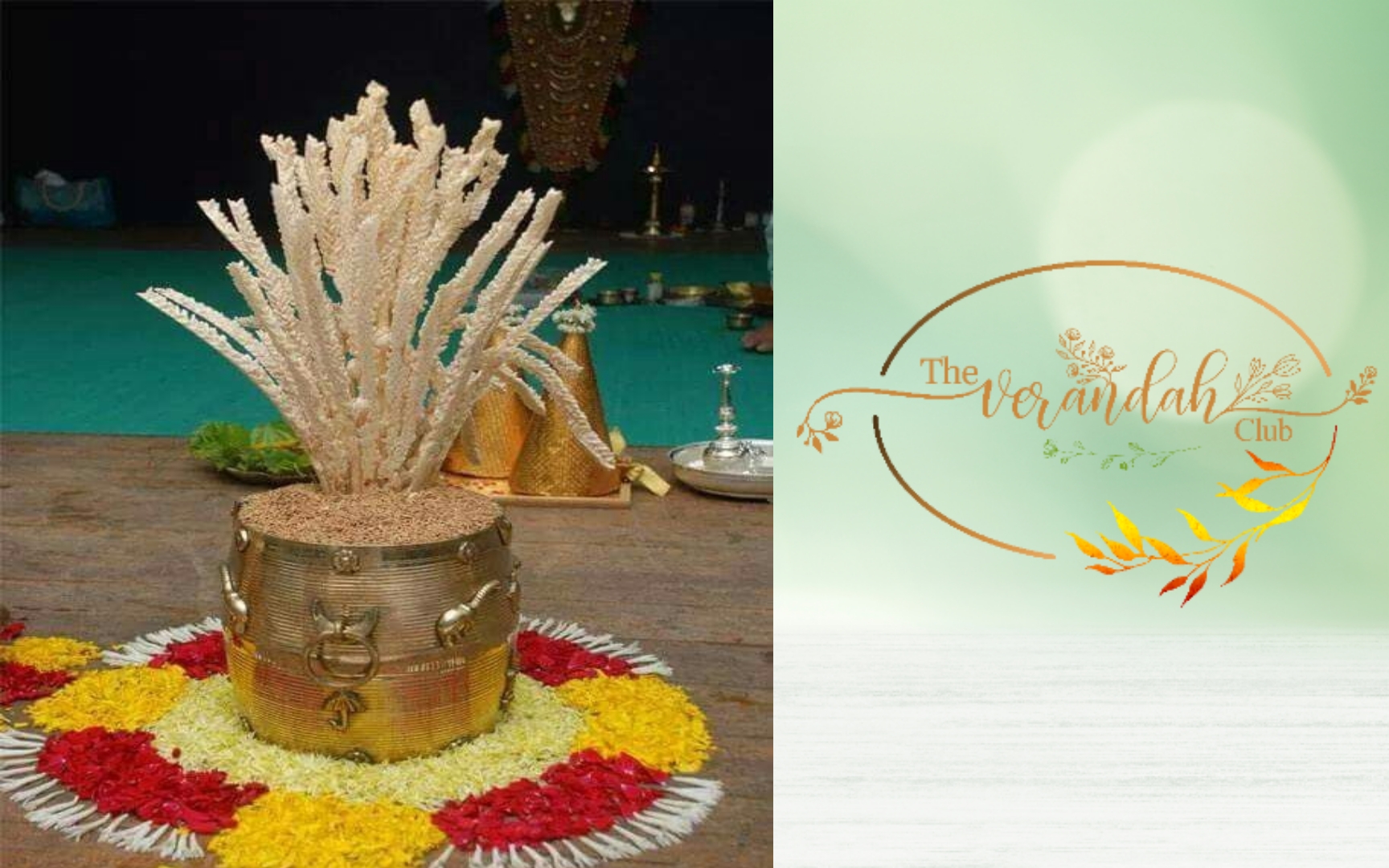
People in southern parts of India, irrespective of religion, acknowledge the divinity of coconut tree and fruit, as evidenced during marriages. In Kerala, the flowers are inserted into a barrel of unhusked rice (paddy) and placed within sight of the wedding ceremony.
Coconut is also placed over a pot of water characterized as symbol of divinity (Kumbham).
In India, the use of coconut for food, and its applications in the Ayurvedic medicine were documented in Sanskrit 4000 years ago.
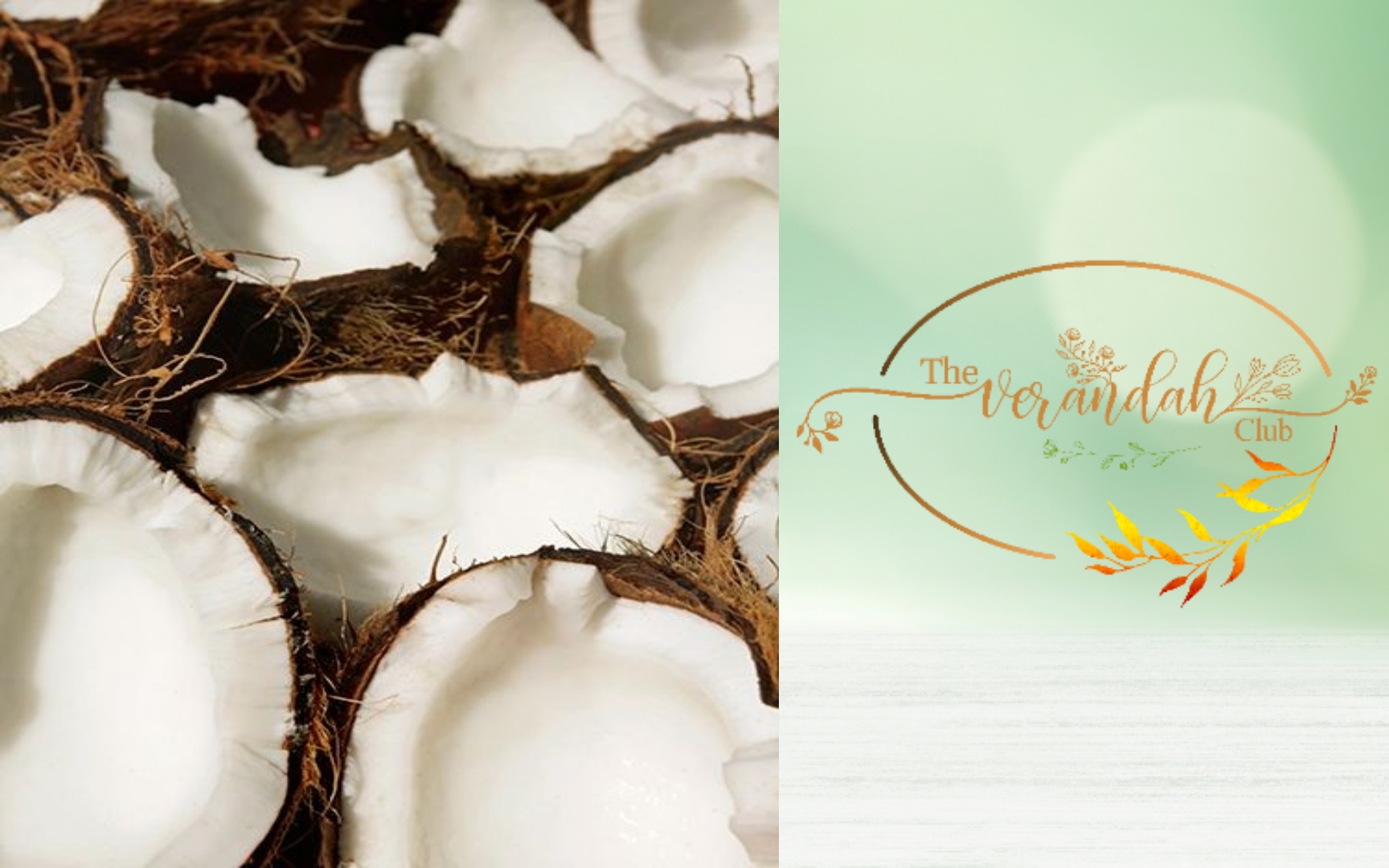
Coconut is a complete, nourishing food rich in calories, vitamins, and minerals, with high oil content. The protein is of high quality, with all amino acids essential for the growth, and maintenance of the body. It is rich in Iron, Potassium, Sodium, Magnesium, Phosphorous, and Selenium. The edible products of coconut are many, apart from the refreshing tender coconut water. The precious kernel, yields several products, processed, semi-processed, and unprocessed. The demand for these products are significant in the domestic as well as international markets.
This versatile palm provides valuable materials used in traditional medicine. Most of the parts of the coconut, such as endosperm, coconut oil, young tender coconut water, inflorescence and root are being used in the Ayurvedic medicine for the treatment of several clinical conditions.
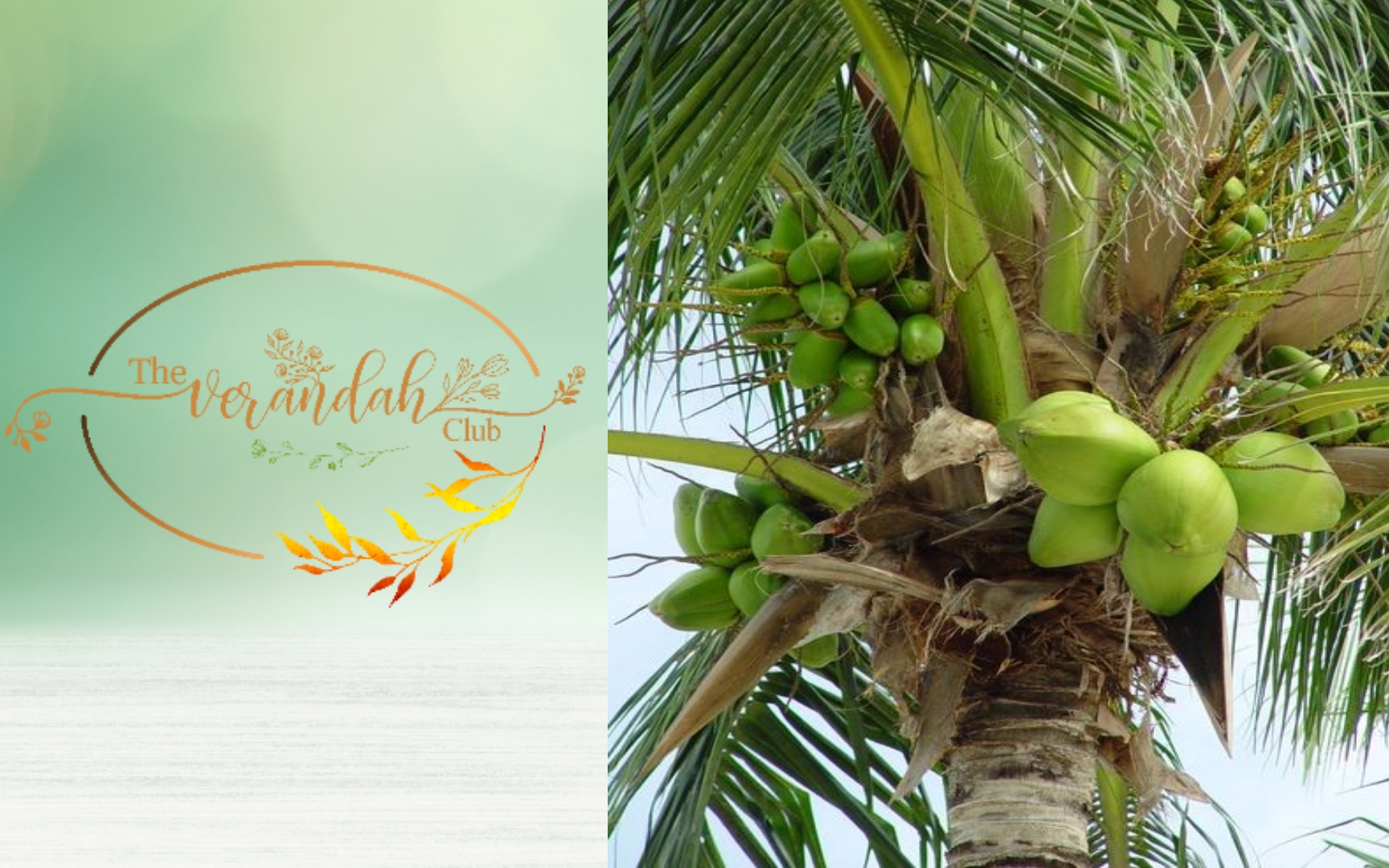
Other parts of the tree are used to make products of utility, the trunk for furniture, the leaves as roofing material and for weaving mats, midribs for broomsticks and ear-buds. The outer layer of the fruit of the palm provides husk/fibre for making coir and coir products, inner hard shell for shell powder, charcoal, activated carbon, coco chemicals, besides manufacture of attractive handicraft, utility items, and so on.
Therefore, Coconut, the ‘Tree of Life’, is a way of life for millions of people.
NEXT ARTICLE
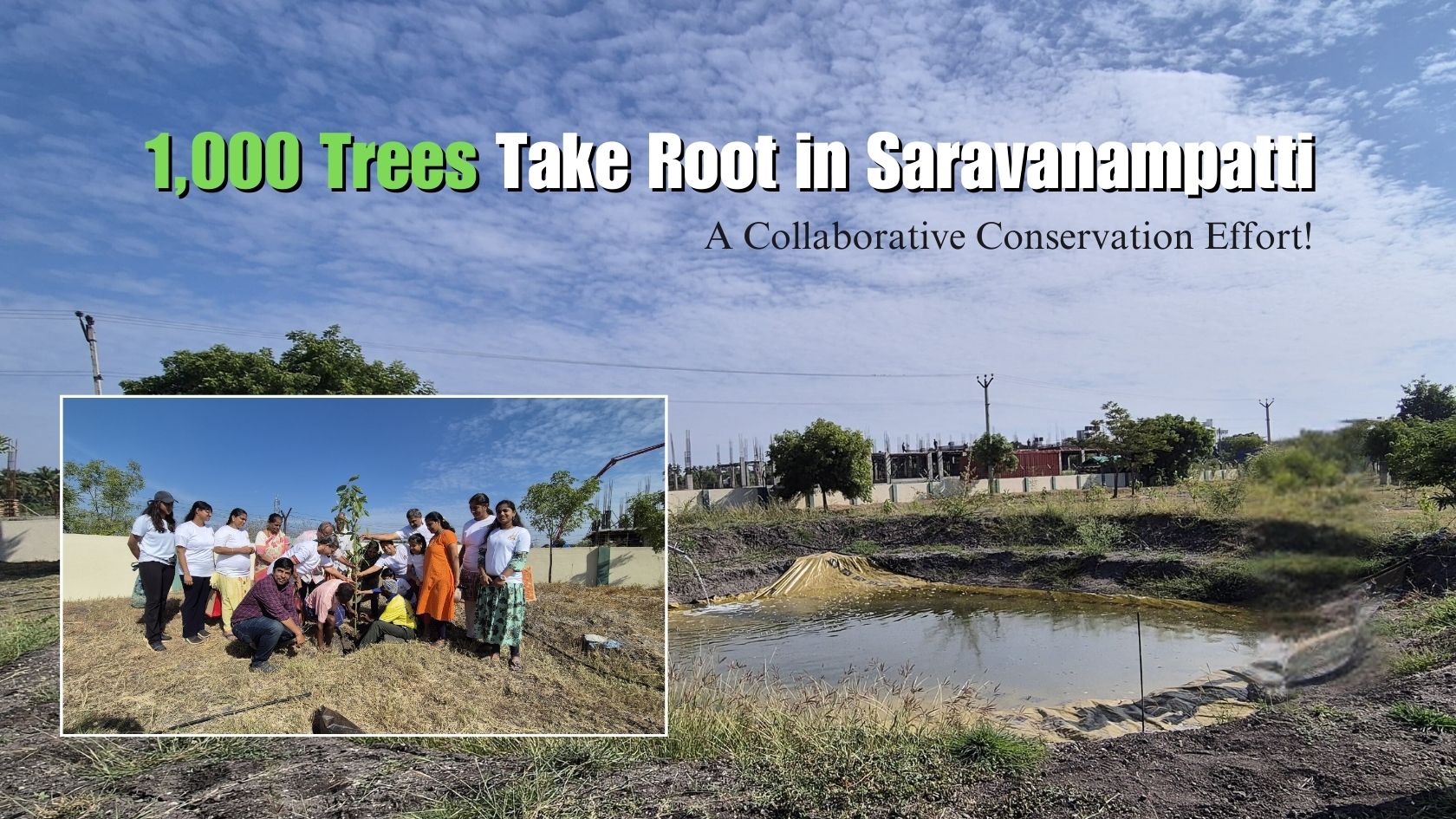
A group of eager volunteers and nature enthusiasts, gathered amidst the lush greenery, ready to embark on a mission to enhance the beauty of our surro...